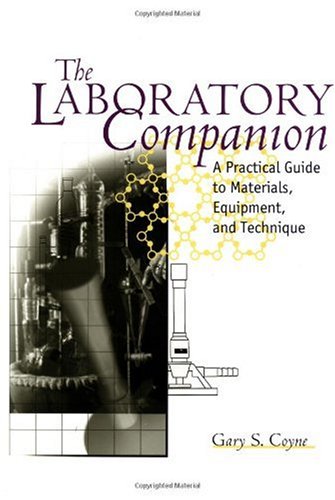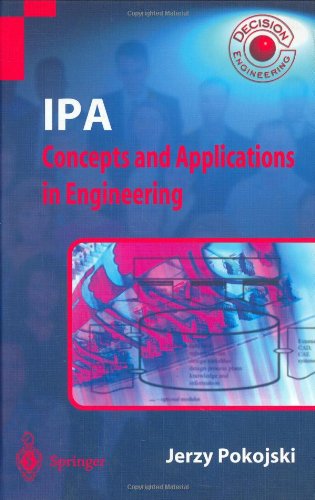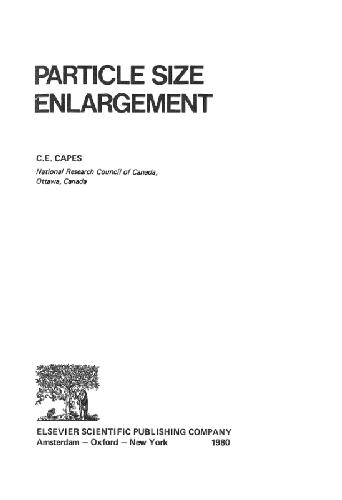Dietzel M.
Increasing effort of the scientific community is devoted to downsize technical units involving fluids to ranges between sub-millimeter and nano-meter scales. This is not only due to the interest in system miniaturization but also to novel working principles hidden in the dominance of surface-related physical phenomena which are negligible in larger, volume-controlled systems. Microfluidic systems inherit, next to their technical opportunities, fundamental scientific challenges since they incorporate both, phenomena which derive from continuum effects and phenomena which are accessible through a molecular view point only. This has certain implications om the modeling of these systems: models solely based on the continuum approach fail to predict the system behavior, whereas models working on the molecular scale are highly inefficient. Hybrid modeling approaches are therefore required, usually in form of modifications and extensions of the continuum approach. In this context, the significance of thermocapillary convection induced in axisymmetric micro-flows of technical relevance is investigated herein. An in-house state-of-the-art Finite Element solver of the Navier-Stokes equations and energy equation in Lagrangian coordinates is extended to incorporate a temperature-dependent surface tension and to accurately model the motion of the contact line (i.e. wetting). The already embedded solidification model is supplemented for evaporative phase change. The model is applied to the deposition and solidification of micron-sized solder droplets used in the flip-chip industry, to the thermocapillarity-induced rupture of capillary bridges as well as to the quasi-isothermal printing and laser-induced heating of colloidal nanoparticle suspension liquids (‘nanoinks’). The microfluidic model is extended in the latter case to track the inertia-controlled motion of suspended particles next to a monodispersed particle coagulation model. The numerical simulations are compared where possible with experiments. It is demonstrated that Marangoni convection through an uneven evaporation at ambient conditions is negligible, whereas all non-quasi-isothermal investigations show a non-negligible influence of the thermocapillary force. It adds in case of the solder drop deposition to the effort in reducing the footprint size through thermocapillarity-driven dewetting effects. In the contrary, it causes in the nanoink application an undesired displacement of the ink from the center region radially outwards, causing a characteristic bowl shape of the particle structure formed. The inertia-controlled particle model reveals particle structuring effects in vicinity of the substrate whereas the coagulation model suggests using a laser light absorption depth in the order of the droplet height to ensure a uniformly agglomerated particle structure. The latter is of particular importance for electrically conducting structures. The study on particle coagulation in nanoinks is supplemented by a vapor bubble model around a single nanoparticle heated by laser light absorption. This model is intended to decide whether particle coagulation proceeds primarily in the gas or the liquid phase. Several technical and numerical issues were resolved next to the scientific insight during the development of this thesis. Among those, the implementation of a public domain meshing routine in the fluid solver instead of the previously utilized commercial meshing program is the most extensive one. It improves the portability of the program with respect to different computational platforms as well as the local mesh resolution and the computational time. The present study demonstrates in an original fashion the technical versatility of thermocapillary flow in microfluidic systems. It points out new physical aspects, in particular in the interaction of Marangoni flow with wetting/de-wetting effects. It highlights the most promising extensions of the continuum model to account for Gibbs free energy driven spreading at the contact line. In addition, it describes the tracking of discrete particles suspended in liquid domains with arbitrarily moving boundaries. Despite the technical relevance of particle suspension liquids with a free surface, the present thesis is one of the first modeling attempts of this kind of problems. A monodispersed particle coagulation model available from the literature and primarily derived for aerosols is modified to the present problem and combined in a unique fashion with the free surface microfluidic model, offering a profound and efficient tool for future studies. | |







Reviews
There are no reviews yet.